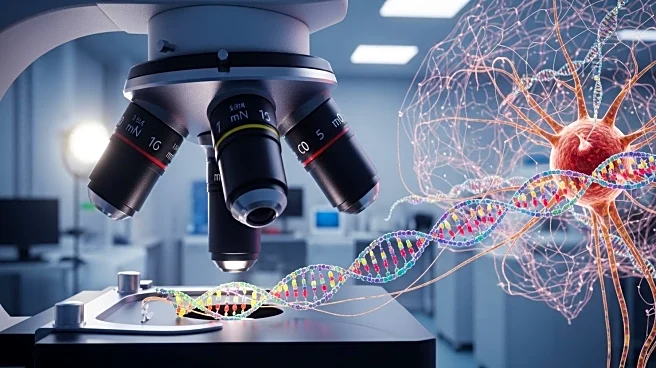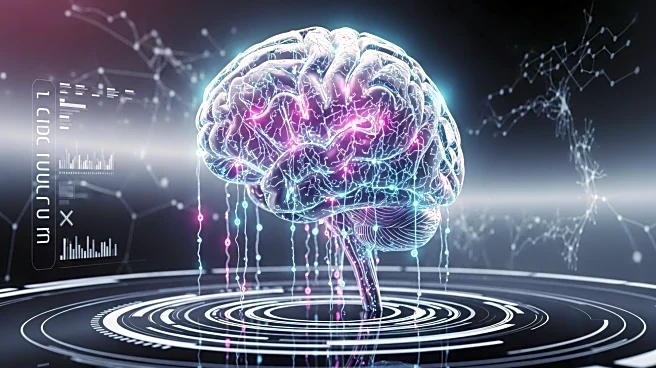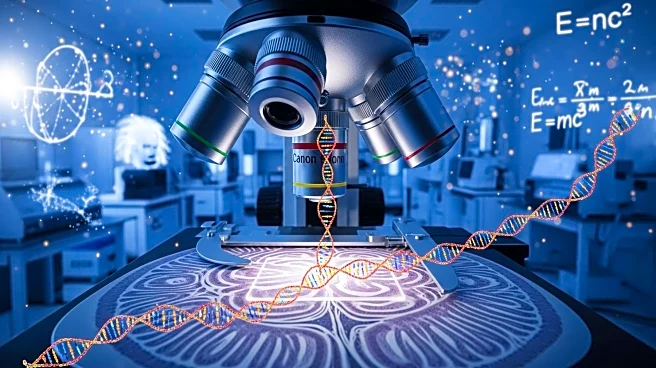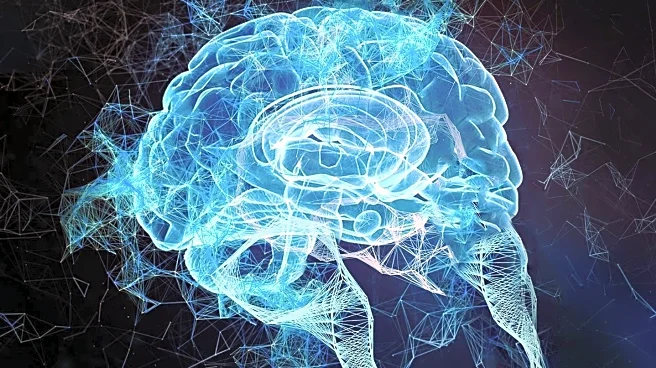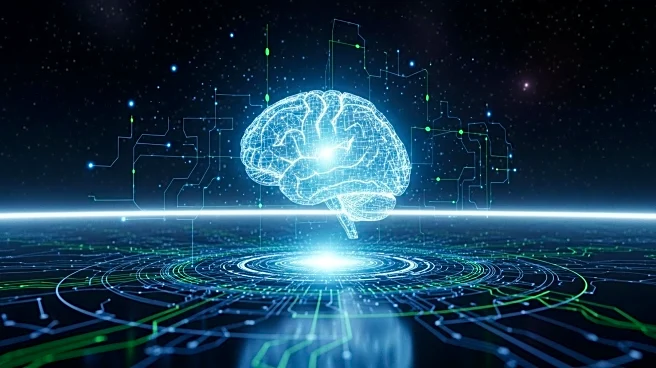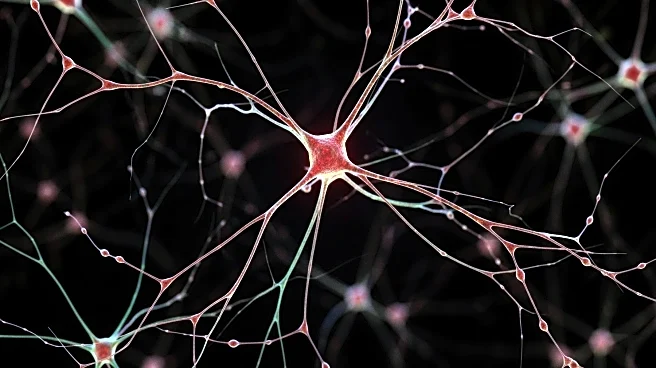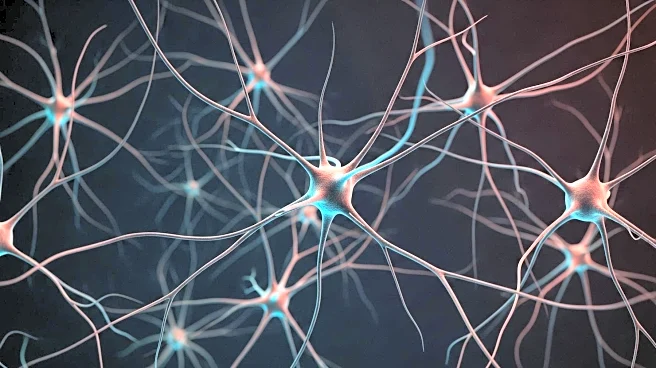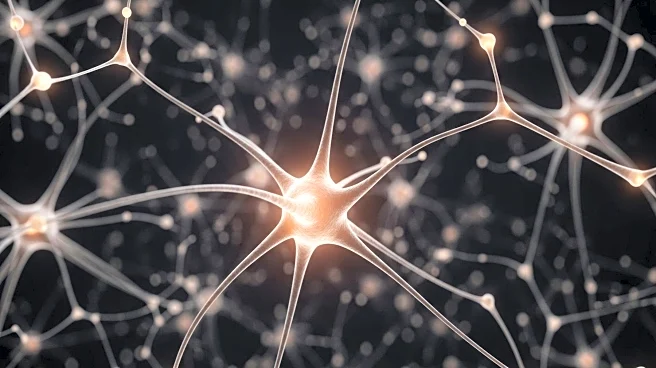What's Happening?
Researchers at BGI-Research have developed a new method called Stereo-seq V2, which may allow scientists to analyze preserved brain tissue at the cellular level. This technique, presented in the journal Cell, aims to provide a more efficient way to study historical samples, potentially enabling scientists to examine what made Albert Einstein's brain unique. The method enhances RNA sequencing precision, allowing for detailed visualization of gene expression. If suitable tissue from Einstein's brain can be obtained, the team may apply this method to explore how RNA behavior contributed to his cognitive abilities. The technique's primary applications are in improving diagnostics and treatment for rare diseases, but its ability to examine preserved specimens offers broader potential uses.
Why It's Important?
The development of Stereo-seq V2 is significant as it could revolutionize the study of historical brain samples, offering insights into the biological foundations of intelligence. By potentially analyzing Einstein's brain, scientists hope to understand the neurological patterns and development that contribute to exceptional intelligence. This method could also improve medical diagnostics and treatments by providing a more detailed understanding of RNA behavior in brain tissues. The broader implications include redefining the study of genius and intelligence, moving beyond genetic determinism to consider a complex interplay of factors. The research could lead to advancements in neuroscience and cognitive science, impacting how intelligence is understood and studied.
What's Next?
The next steps involve determining the condition of Einstein's preserved brain tissue to assess its suitability for analysis using Stereo-seq V2. If the tissue is well-preserved, researchers may proceed with the study, potentially opening doors to reanalyzing other historical brains. The scientific community may react with interest, as this method could redefine approaches to studying intelligence and cognitive abilities. Further research and validation of the technique's efficacy in medical applications are likely, with potential collaborations across neuroscience and medical fields to explore its full capabilities.
Beyond the Headlines
The ethical implications of studying Einstein's brain and other historical samples are significant. The method raises questions about consent and the use of human remains in research. Additionally, the potential to decode intelligence at a molecular level could influence societal views on intelligence and merit, challenging existing notions of genius. The research may also spark debates on privacy and the ownership of biological data, especially concerning historical figures. As the method gains attention, discussions on the ethical boundaries of such research are expected to intensify.

